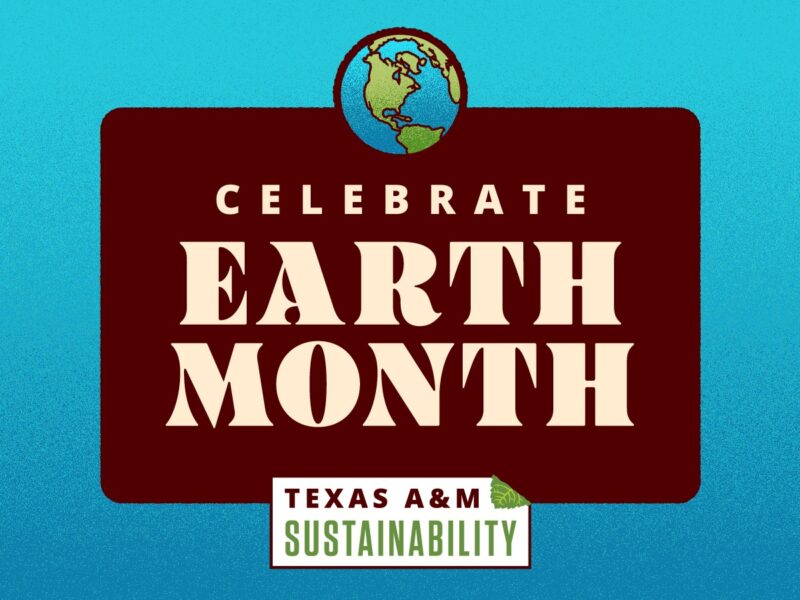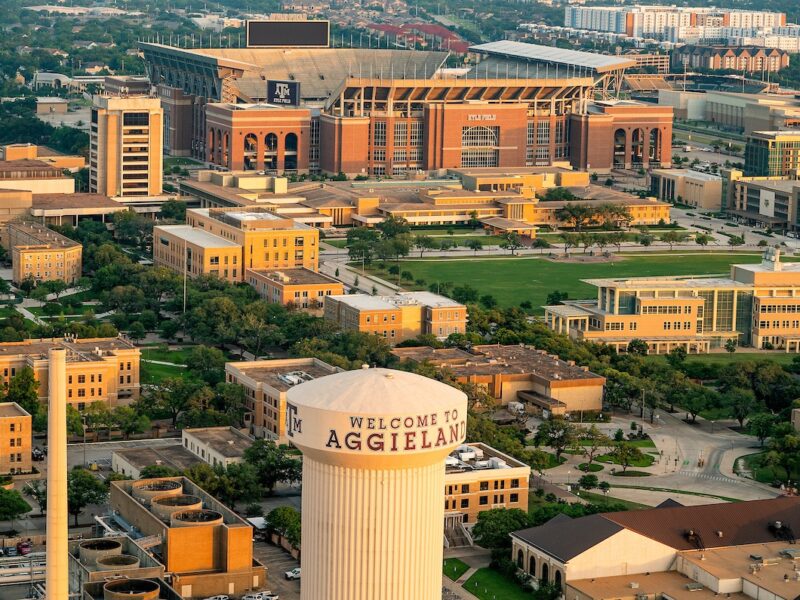Texas A&M-Led Effort Will Give Gulf Coast Communities Tools To Address Climate Hazards
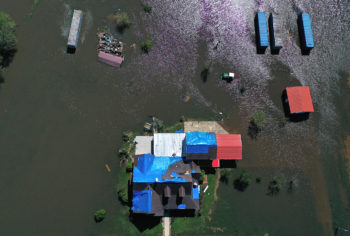
As humans come face-to-face with the effects of climate change, some of the hardest hit communities are also those with the fewest resources for mitigating climate-related hazards.
Among the U.S. regions most at risk is the Gulf Coast, where small, rural communities are poorly served by the tools and expertise typically offered to respond to rising sea levels, extreme weather and other issues exacerbated by global warming. With that in mind, Texas A&M University Associate Professor Andrew Rumbach is leading an effort to provide these communities with enhanced resources and knowledge to weather the years ahead.
“Before climate change was happening, communities were already facing many of these natural hazards,” said Rumbach, a faculty member in the Department of Landscape Architecture & Urban Planning and director of education for A&M’s Hazard Reduction & Recovery Center. “It’s nothing new. It’s just that they’re tending to be more frequent and more severe, so there’s an even greater urgency around planning for them.”
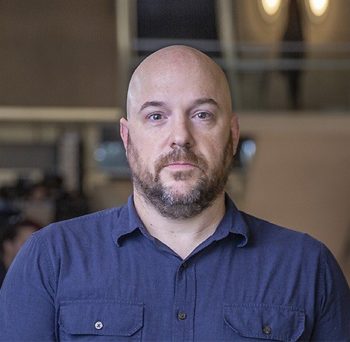
This past spring, Rumbach and his team received a $300,000 grant from the National Academies’ Gulf Research Program for a three-year project aimed at building small town and rural resilience, with a particular focus on low-income communities and communities of color.
“We want to facilitate these communities’ thinking about climate and natural hazards and the ways they can try to reduce the impact,” Rumbach said.
He and other researchers — including Ph.D. student Erika Koeniger — are currently designing a suite of practical tools that communities can use to perform risk analyses, identify vulnerabilities in local housing, and implement plans to protect people, homes and infrastructure.
“We know that in rural communities they tend to have older housing stock,” Koeniger said, noting that many of these towns also have a lot of secondary vacation homes that have been converted into primary residences. “We know that both old homes and these homes that have been flipped into permanent homes tend to face more vulnerabilities.”
Problems like this will be important to consider as the team seeks to tailor their approach to the particular needs of the rural Gulf Coast.
“It’s really important that we’re not just taking city planning tools and bringing them into rural communities and trying to make them work,” Rumbach said. “We’re developing tools that are specially designed for small towns and rural communities, which are often planning for different things.”
Building Trust
As Rumbach and Koeniger explain, even the best-designed tools won’t make a difference unless they actually end up in the hands of people who need them. That means community outreach will be a cornerstone of this multi-year effort.
To that end, the team is partnering with groups like the American Planning Association, A&M’s Texas Target Communities program, and a network of historically Black colleges and universities from across the Gulf Coast.
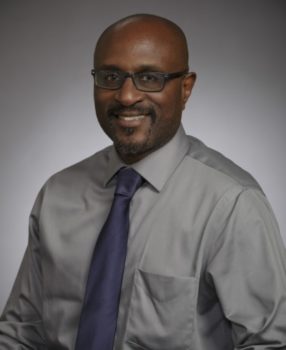
“I think there needs to be a better effort from the academic community to educate underrepresented communities with regards to climate change,” said Noel M. Estwick, a Prairie View A&M University Assistant Professor and Research Scientist who has been working closely with Rumbach on the project.
Estwick brings extensive experience in community education and outreach from his involvement in the Extension Disaster Education Network’s 1890 initiative, which is funded through the United States Department of Agriculture’s National Institute of Food and Agriculture via Purdue University. The initiative aims to bolster disaster-related agricultural extension work by historically Black land-grant institutions. Prairie View A&M was the first state-supported college in Texas for African Americans, and along with Texas A&M is one of two land-grant institutions in the state.
“Talking with farmers, a lot of them don’t even use the term climate change,” Estwick said. “But when you ask them if something’s happening, they’ll tell you, ‘Yes, something is different than before – something is wrong.’
“These communities face a lack of resources and the feeling that they can’t trust the government,” he continued. “So our institutions play a critical role because our extension personnel are considered trusted sources in the community.” Other 1890 partner institutions on the project are Southern University and A&M College, Alcorn State University, Tuskegee University, Alabama A&M University and Florida A&M University.
Continuing to build trust will be key as researchers work with community residents to prepare for increasingly frequent and intense natural hazards. In order to ensure as much participation as possible, Estwick said community meetings and presentations should be accessible to all, even if that means holding them in the evenings after work hours and encouraging people to bring their families if need be.
“When working with underrepresented communities, we have to adjust our schedules,” he said. “And understand that in some cases, a single parent may have to bring their kids to the meeting.”
That may even be for the best, Estwick said. After all, the youth of these communities will likely be confronting climate-related hazards for the rest of their lives. So starting to educate them about these issues early on is critical: “I think it’s priceless,” Estwick said, recalling how his own interest in disaster preparedness started with a childhood screening of the 1971 hurricane documentary “A Lady Called Camille.”
At the end of the day, Rumbach said, there is reason to be somewhat optimistic. While the threats coming out of the Gulf are severe, communities along the coastline are already showing remarkable resolve in confronting them.
“Luckily, we all have an interest in keeping our communities safe, regardless of what we think about climate change,” Rumbach said. “Many small communities are very motivated to be thinking about these issues. Oftentimes they just need some assistance to get started.”
Media contact: Luke Henkhaus, luke.henkhaus@tamu.edu
